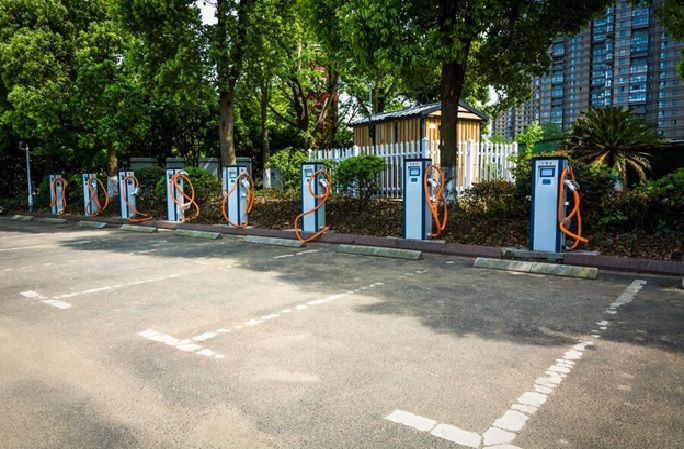Electric Vehicle (EV) Charger Installation is transforming the automotive landscape. This change is fueled by the expertise of electrical industrial engineers. Their role is crucial in designing, implementing, and maintaining EV charger infrastructure.
The Role of Electrical Industrial Engineers
Electrical industrial engineers are at the forefront of Electric Vehicle Charger Installation. They ensure that the electrical systems are efficient and reliable. Their work includes site assessment, system design, and overseeing the installation process.
Site Assessment and Planning
Site assessment is a critical step in EV charger installation. Electrical industrial engineers evaluate the location to determine the best placement for chargers. They consider factors such as power availability, user convenience, and safety.
System Design and Engineering
System design is a complex task. Electrical industrial engineers develop blueprints that integrate chargers into the existing electrical grid. They ensure that the system can handle the additional load without compromising stability.
Installation and Implementation
The installation phase requires meticulous planning. Electrical industrial engineers supervise the process to ensure compliance with safety standards. They coordinate with contractors and other professionals to complete the installation efficiently.
Ensuring Safety and Compliance
Safety is paramount in EV charger installation. An electrical industrial engineer adheres to strict safety protocols. They ensure that the installation complies with local regulations and industry standards.
Integration with Smart Grid Technologies
Smart grid technologies are revolutionizing the energy sector. Electrical industrial engineers play a key role in integrating EV chargers with these advanced systems. This integration enhances energy management and optimizes power distribution.
Challenges in EV Charger Installation
The installation of EV chargers presents several challenges. Electrical industrial engineers address issues such as power capacity, grid stability, and cost. Their expertise ensures that these challenges are managed effectively.
Power Capacity and Distribution
One major challenge is ensuring sufficient power capacity. Electrical industrial engineers design systems that can handle the increased demand. They also work on improving power distribution to prevent overloads.
Grid Stability and Reliability
Grid stability is essential for reliable EV charger operation. Electrical industrial engineers develop strategies to maintain stability. This includes balancing loads and incorporating backup systems.
Cost Management and Efficiency
Cost is a significant factor in EV charger installation. Electrical industrial engineers optimize the design to reduce costs. They also explore innovative solutions to improve efficiency and minimize expenses.
Future Trends in EV Charger Infrastructure
The future of EV charger infrastructure is promising. Electrical industrial engineers are driving innovations that will shape this sector. These advancements will enhance the efficiency, safety, and accessibility of EV chargers.
Wireless Charging Technology
Wireless charging is an emerging trend. Electrical industrial engineers are exploring this technology to simplify the charging process. It offers convenience and eliminates the need for physical connectors.
Ultra-Fast Charging Solutions
Ultra-fast charging is another area of focus. Electrical industrial engineers are developing solutions that reduce charging time. This advancement will make EVs more appealing to consumers.
Integration with Renewable Energy Sources
Renewable energy integration is crucial for sustainable EV charging. Electrical industrial engineers are working on systems that utilize solar and wind power. This approach reduces the carbon footprint and promotes green energy.
The Impact on Environmental Sustainability
EV charger installation has a significant impact on environmental sustainability. Electrical industrial engineers contribute to this by designing eco-friendly systems. Their work supports the transition to cleaner transportation.


